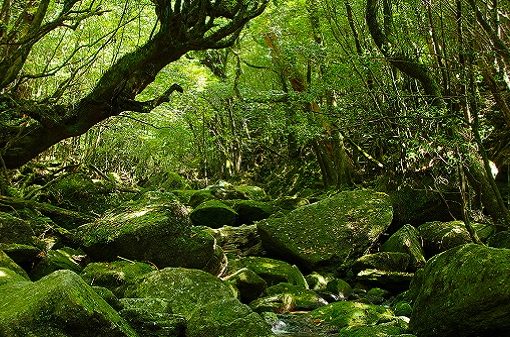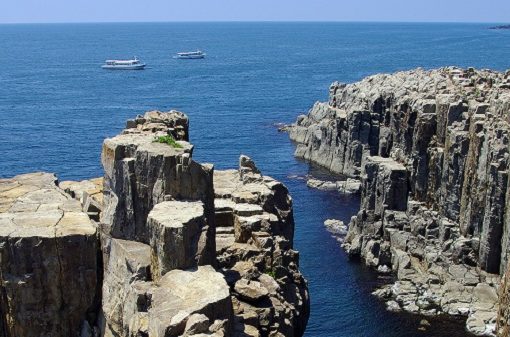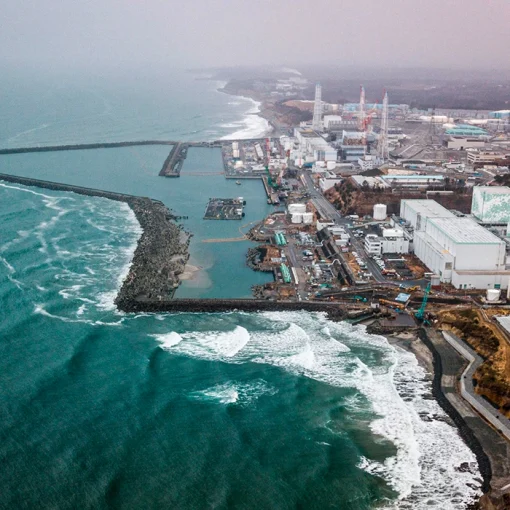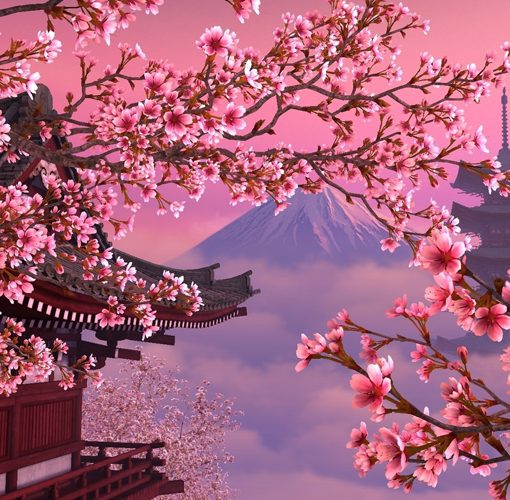A prefecture known for fruits and chic nature.
Ehime Prefecture, located on the less visited island of Shikoku, is by no means a popular tourist destination. However, those who visit Ehime will understand what a treasure it is, hidden from the world. Surrounded by the waters of the Seto Inland Sea, the prefecture boasts magnificent mountain and ocean views, as well as Japan’s unique culture. Pilgrimages have been made to the island of Shikoku for centuries. To get to know Ehime, here are ten of the best places in the prefecture.
Matsuyama Castle
Matsuyama Castle, built in 1603, is one of the oldest castles in the country. The castle has survived intact since the Edo period, although many of Japan’s historical structures have suffered from natural disasters, fires or destruction during military operations. Perched atop a hill, Matsuyama Castle is a constant reminder of Ehime’s rich historical and cultural past.
The castle offers stunning views of Matsuyama City and the Seto Inland Sea, and in the spring, during cherry blossom season, the castle is the most popular spot for hanami. In addition to the beautiful views, a visit to the castle gives an insight into the historical significance of Ehime. Matsuyama Castle can be reached by cable car or on foot, although the climb is quite steep.
Dogo onsen
For fans of animation, the town of Dogo Onsen (hot spring) is an iconic place, as it is the direct inspiration for the famous master Hayao Miyazaki, awarded the Oscar for the film “Spirited Away”. Dogo Onsen originated in 1894 and is one of the oldest onsen in Japan. Although Dogo Onsen is not the largest or most beautiful, but it has a special atmosphere of harmony and antiquity, highly valued by the Japanese.
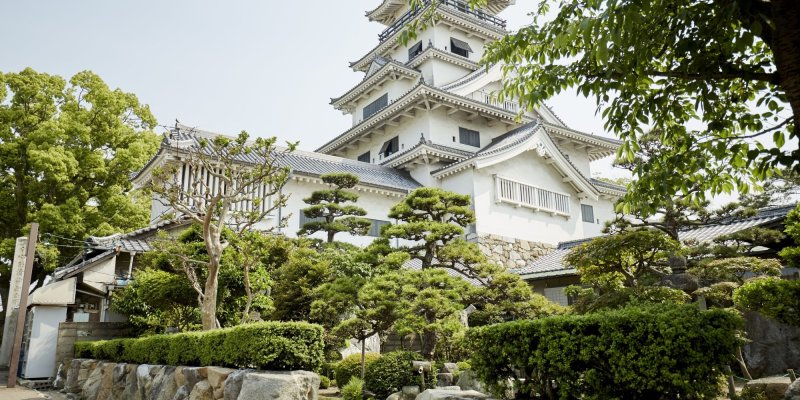
Train Botchan
Natsume Soseki is one of Japan’s most revered writers, writing in the late 19th and early 20th centuries. Botchan, based on Natsume Soseki’s experience as a teacher in Matsuyama, is still popular with Japanese schoolchildren and is a literary masterpiece. The steam locomotive that appears in the novel has been in production since 1888 for 67 years. Since 2001, a copy of the old steam locomotive has been produced, which was named “Botchan” in honor of Natsume Soseki’s book. People come from far and wide to ride this train, immersing themselves in Natsume Sensei’s history and memories of his travels in Matsuyama.
Tickets for the Botchan train can be purchased at Iyo Dogo Onsen, Iyo Matsuyama, Matsuyama and Okaido Iyo train stations.
Imabari Castle
Built in 1603, Imabari Castle is known as one of Japan’s greatest “mizujiro” or “sea castles”. Created by a master builder named Todo Takatora, Imabari Castle is especially interesting for history buffs. Located near the sea and surrounded by wide moats, the castle looks impressive and makes a strong impression. There are several Shinto shrines within the castle grounds, the peace and tranquility of which can be enjoyed to the fullest while being alone.
Yamazumi Shrine
The Seto Inland Sea is one of the most beautiful places in Japan. Oyamazumi Shrine is located on the island of Omishima and is dedicated to fallen soldiers and sailors. Founded in 594, the temple houses valuable historical artifacts relating to samurai and warriors throughout the ages.
The Kurushima-kaikyo Bridge, which connects Oshima Island with the mainland of Shikoku, is famous all over the world. At over 4,000 meters long, the bridge is the longest suspension bridge and one of the greatest achievements of structural engineering. If you are lucky enough to ride it, you will enjoy one of the most majestic views in Japan. The Kurushima-kaikyo bridge is a sight to behold!
Mount Kiro Park, perched on top of Oshima Island’s Kiro Mountain, is the perfect place to take in views of the sea, the giant suspension bridges that criss-cross over the sea, and on clear days, Mount Ishizuchi. This park is one of the most famous places for sunset and sunrise lovers. Having climbed to the top, it’s good to have a picnic and then enjoy the magnificent views!
Ehime Prefecture is home to historical temples, both Buddhist and Shinto. Isaniwa Shrine, located in Matsuyama, is important because Emperor Chuai, Empress Jingu, and Emperor Oojin are buried there. A steep climb leads up to the sanctuary, which is a valuable spiritual experience for visitors. The shrine has a treasure hall that houses the swords and armor of the samurai.

